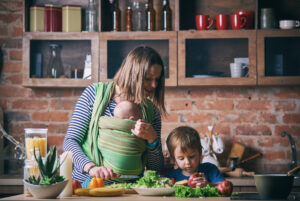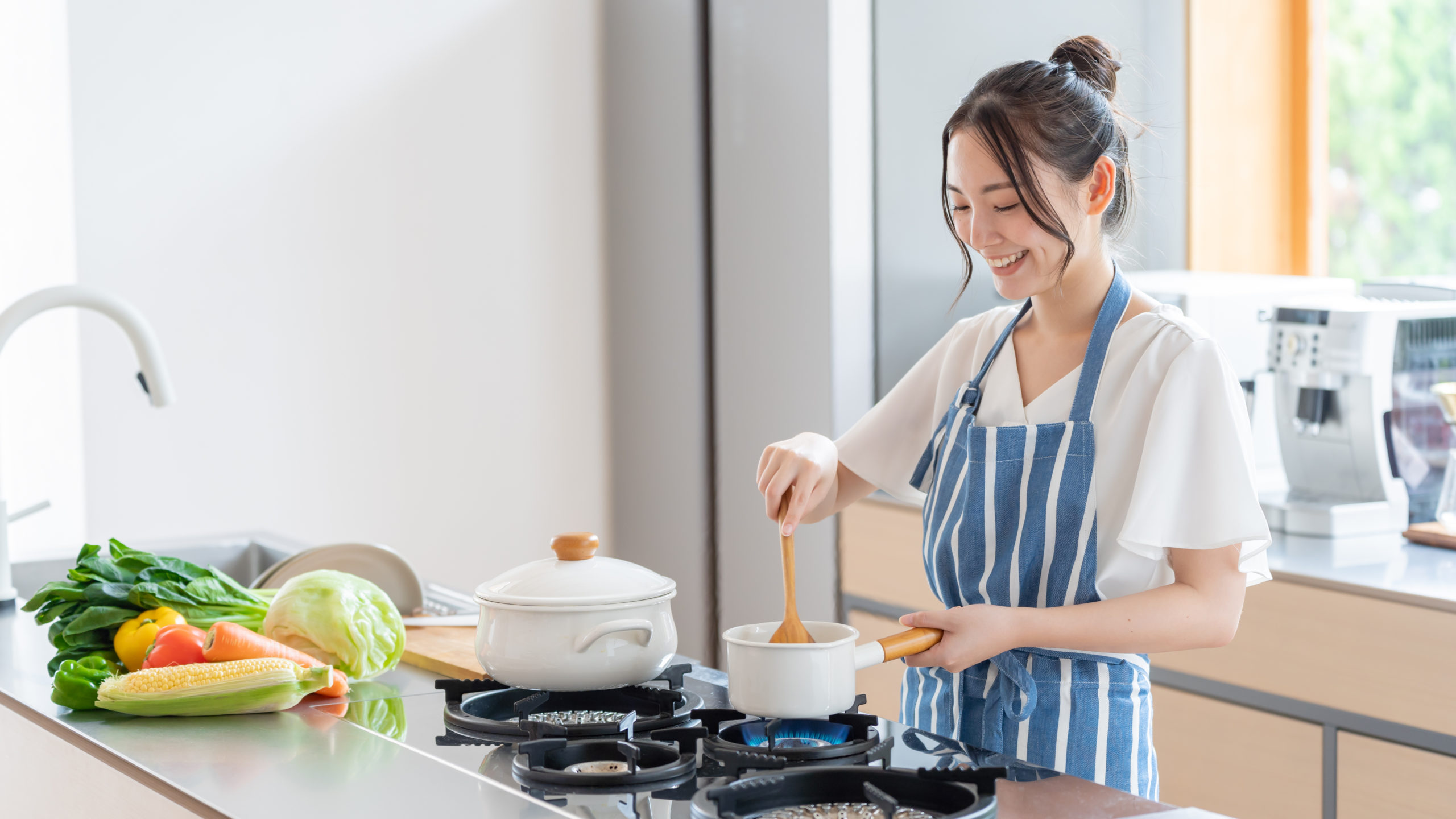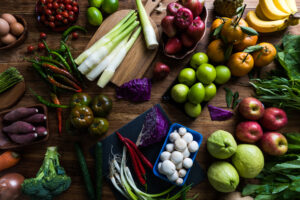
Balancing Work, Family, and Nutrition: Tips for Health-Conscious Moms
Today, balancing work, family life, and nutrition can seem like

Don’t let cooking be a hassle. With these cooking hacks, it will make cooking more enjoyable and time-efficient!
When it comes to seasoning, there are a few things to keep in mind. First, start with less than you think you need. It’s always easier to add more seasoning than it is to take it away. In addition to adding flavor, seasoning can also enhance the texture of your food. For example, salt is often used to tenderize meat and vegetables. This is because salt helps break down tough fibers, making them more tender and easier to chew.
Cooking in batches is a great way to save time and effort in the kitchen. It allows you to cook larger portions of food at once, which can then be stored and used later. This can be especially helpful when cooking for large groups or families. Batch cooking can also help you to eat healthier meals, as you can cook in advance and portion out your meals ahead of time.
Cheap cookware can often lead to uneven cooking and can cause food to stick to the pan. Investing in quality cookware will ensure your dishes will taste properly and will be properly prepared. Some tips to help you determine if your cookware is quality include:
Every oven is different, so it’s important to know how yours works in order to cook food properly. The five basic ovens and conventional gas ovens, conventional electric ovens (most popular), convection ovens, microwave ovens, and toaster ovens. To determine what kind of oven you have, read these tips below
Letting the food rest allows the flavors to blend together and creates a more enjoyable eating experience. When you cook a steak, for example, the juices inside the meat can become quite hot. If you cut into the steak right away, all of those juices will pour out, leaving your steak dry and not as flavorful. By letting the steak rest for a few minutes before cutting into it, you give those juices a chance to redistribute throughout the meat, making for a juicier and more flavorful steak.
Using oil can cause your food to be greasy. Oil is high in calories and fat, which can also lead to weight gain or other health problems. Additionally, overusing oil can cause the formation of harmful free radicals in the body. For some replacement ideas for oil when you are cooking, check out this website.
Cleaning on the fly will help keep your kitchen clean and organized and will make cooking less of a chore. This means washing your hands often, wiping up spills as they happen, and putting away any dirty dishes right away. By keeping on top of the messes while you’re cooking, you can avoid a big cleanup later on. Another reason to clean as you cook is that it can help prevent foodborne illnesses. If you’re preparing food for others, it’s important to make sure that everything is clean and sanitized. Washing your hands often and wiping down surfaces will help reduce the risk of spreading bacteria.
Not all food can be stored the same way. Storing each food properly will help prevent food from going bad and will also save you money in the long run. Also, Keep cooked and raw foods separate. This helps to prevent cross-contamination and makes sure that cooked food does not get recontaminated by raw food. Another way is to store food at the proper temperature. This varies depending on the type of food but, in general, perishable items should be stored in the fridge or freezer while non-perishable items can be kept at room temperature.Now that you have some tips to help you cook more efficiently and deliciously! For some easy-to-follow recipes, check out our website!

Today, balancing work, family life, and nutrition can seem like

Spring heralds a season of renewal and rejuvenation, not just

Food allergies present a unique challenge in the kitchen, especially